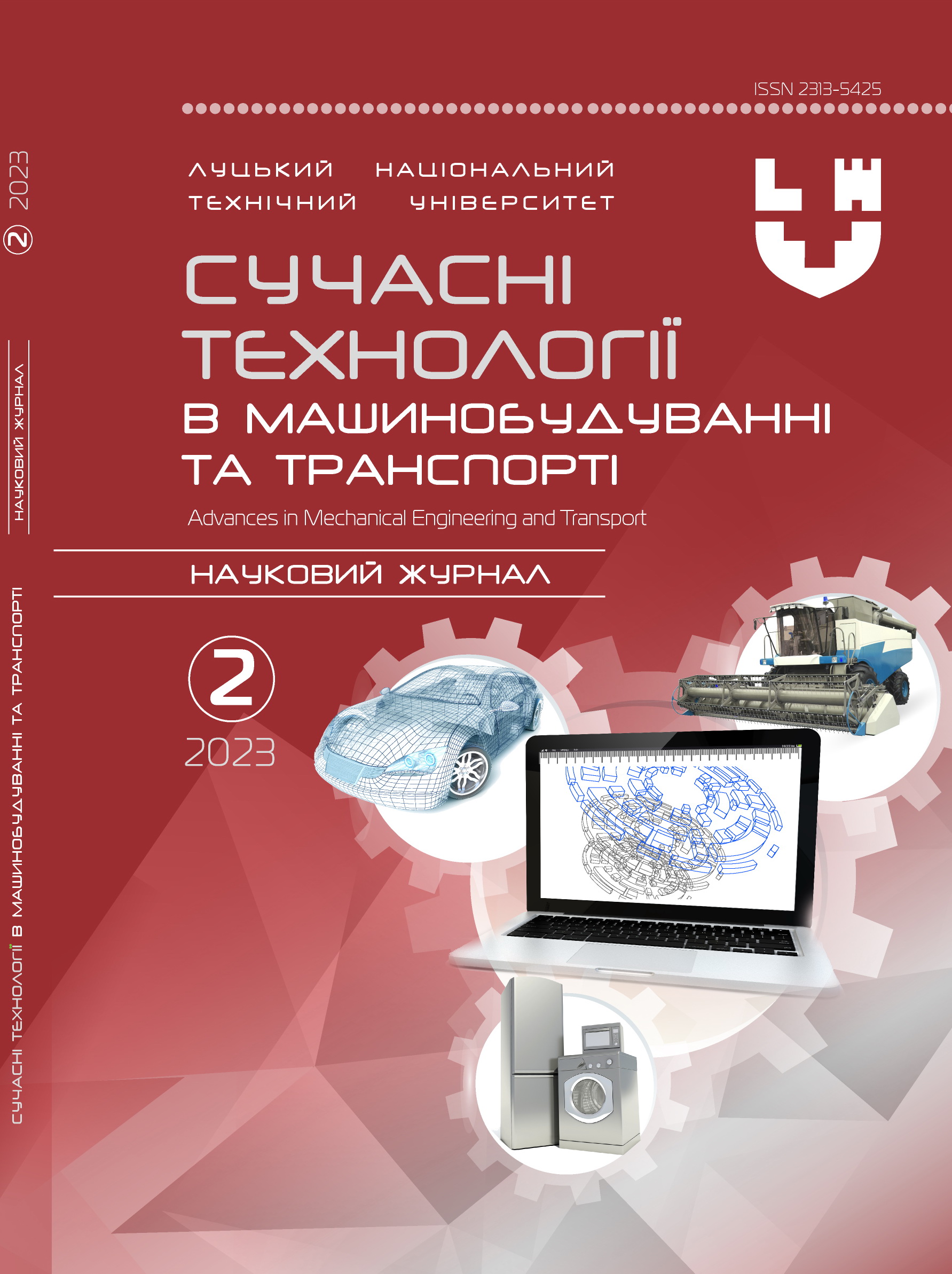Assessment of the capacity of the city road network taking into account the parking offer
Abstract
The number of cars around the world is growing intensively every year. In turn, this is the cause of the following problems: traffic jams on the streets; pollution of ecology and the environment; lack of temporary parking and permanent parking for cars, etc. Going out by car literally every day we encounter this question. Where is there a place for temporary parking? This problem is considered urgent, especially in the centers of districts and large cities. A vehicle parked along the roadway is always a source of conflict situations, the occurrence of which is due to many reasons
In order to improve the estimation of network capacity for a given urban road system, it is assumed that the impact of destination parking management strategies should be considered in the network capacity estimation model. This study presents an extended road network capacity model that takes into account both the number of parking spaces and parking rates in each traffic zone. The network capacity model is formulated as a two-level programming problem with maximizing the total trip generation at the upper level and the combined trip distribution and traffic assignment (CTDTA) problem at the lower level. In order to reasonably characterize the impact of parking pricing and parking delays due to congestion, the CTDTA model involves two classes of travel demand. An efficient and practical algorithm for solving the two-level network capacity model is presented. Numerical experiments show the advantages of the proposed model and demonstrate the impact of parking supply and pricing on the results of road network capacity assessment.
Key words: capacity, transportation network, parking, indicators of the city's route system




